Climbing is the most obvious approach for novice climbers to build strength for climbing. Because it might result in muscular imbalances, it is also the most harmful.
Skilled climbers employ not only their arms but also their legs and core to mount a wall. Power climbing is the term for this kind of climbing.
Power
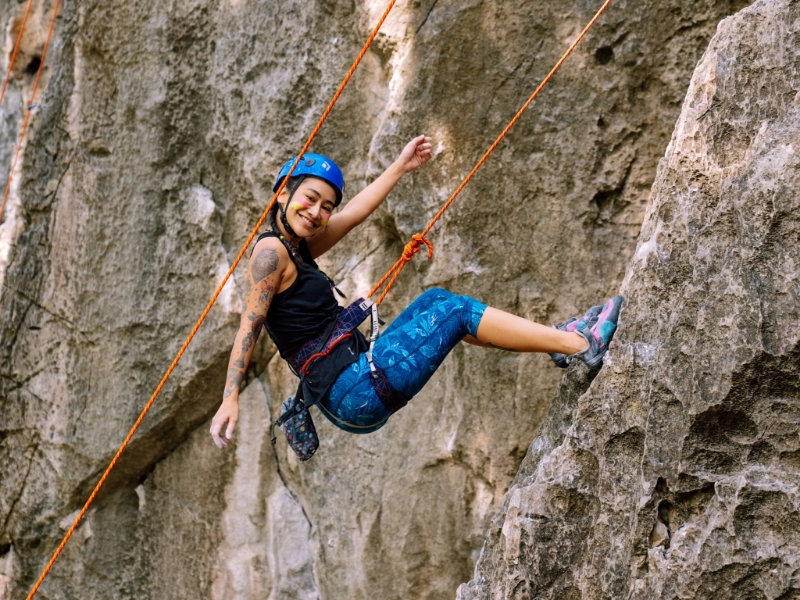
Climbing is a fantastic method to build muscle. However, it's crucial to combine strength training with other physical activities. This will lessen the chance of injury and overtraining. Aim to strengthen your core two to three times a week with push-ups, planks, and ab exercises. Your footwork and balance will both improve as a result, giving you more strength on the wall.
Practicing your technique is another way to increase your strength. Try practicing heel hooks on the rock or in the gym, for instance, if you're not very good at them. Observe climbers as well to acquire inspiration for foot placement.
Keeping a journal of your climbing progress is an excellent idea. This will enable you to recognize trends in your climbing and provide you with a tangible record of your benchmarks and accomplishments. Write in your journal about your ideas, thoughts, problems, and progress.
Tenacity
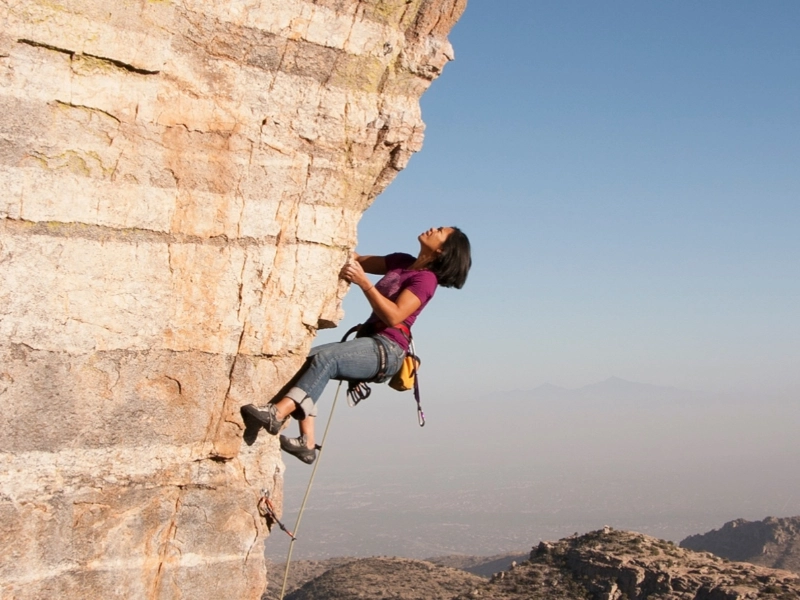
In order to endure longer on routes and boulder issues, novice climbers must possess endurance. Techniques are mostly used to do this. Your body expends a lot less energy to get up and down a route if you can climb more effectively, requiring less force to perform moves.
To increase your endurance during training, try adding single-leg heel lifts to your routine. Place your feet flat on the floor, lift one leg off the floor, and then return to the starting position. Repeat 20 times throughout a session.
One of the best ways to learn is to climb alongside someone who is just a little bit stronger than you. Various experiences, shortcomings, and strengths will all help you understand how to approach difficulties in different ways.
Adaptability
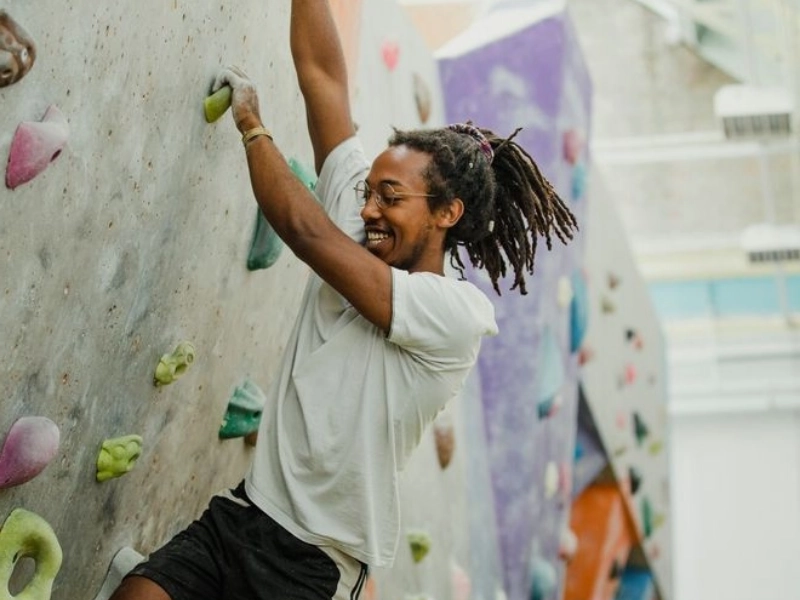
For the novice, off-the-wall basic strength exercise is essential to maintaining health. Forearm workouts are frequently used in this exercise to aid with the strenuous tugging and pressing involved in climbing. Try putting your foot as high as you can on a balcony or railing and then raising it into the air while keeping your torso in a solid position (don't sag too far to the side). Do 20 repetitions in a session.
An excellent non-traditional exercise is the flexed forearm stretch. You will need your other hand (left in the climbing posture) and a substantial object to hold, like a hefty book, for this. Hold the outstretched arm for ten to twenty seconds while pulling back on the fingers until you feel a slight stretch. Continue with the opposite arm. This exercise improves finger strength and grip endurance while strengthening the forearms' ability to withstand stress. Additionally, it gets the fingers ready for the flexing that comes with overhangs.
Sync
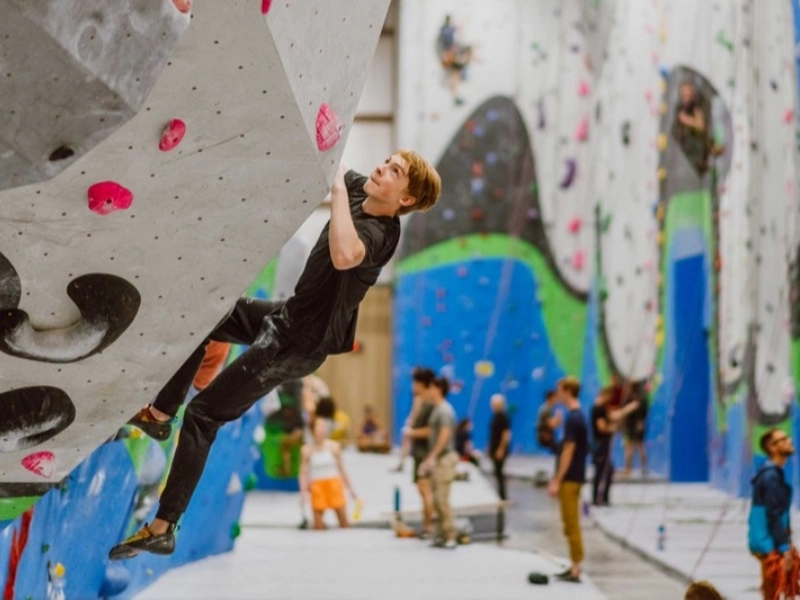
When you first start climbing, it's easy to inadvertently develop musculoskeletal imbalances. If you had taken a little additional precaution in your training, you could have prevented bothersome elbow and shoulder ailments. Beginners should plan their climbing sessions to focus on all facets of the sport in order to prevent these problems. They can achieve this by varying the routes they take during their training and by taking a little longer break in between each climb.
Try closing your eyes as you advance your foot to the next hold on a route to improve your coordination. This calls for awareness of the hold's location in space, which is something that newcomers frequently find difficult.
For beginners, it is recommended to set a numerical target for each session and avoid overexerting yourself (a practice known as "projecting"). This will allow your body enough time to heal and prevent damage. To ensure adequate recuperation, it's a good idea to arrange a few days off each week.

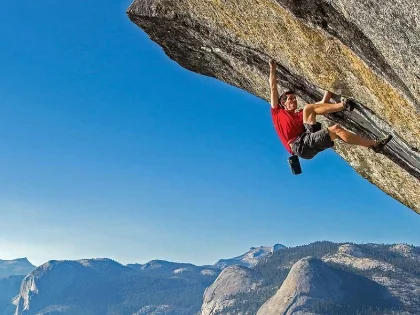
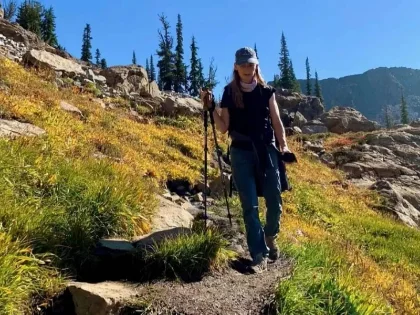
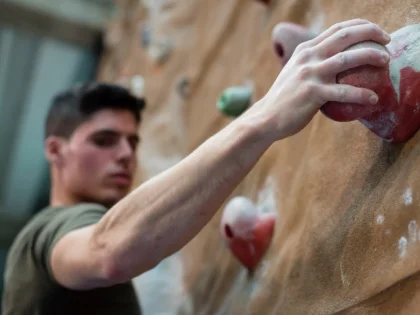
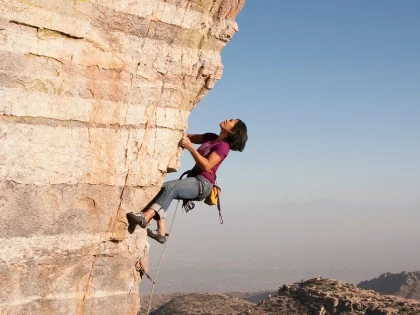
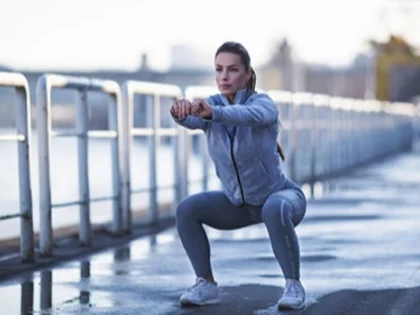
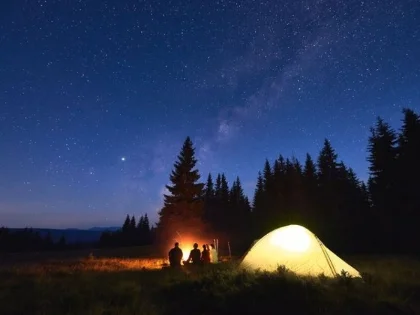
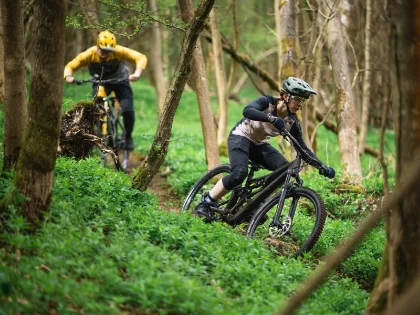




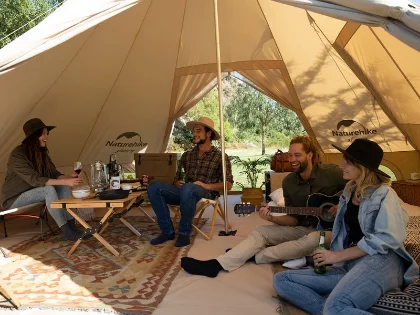
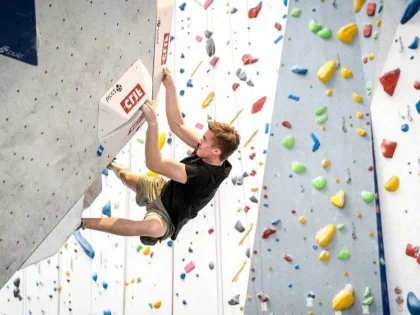
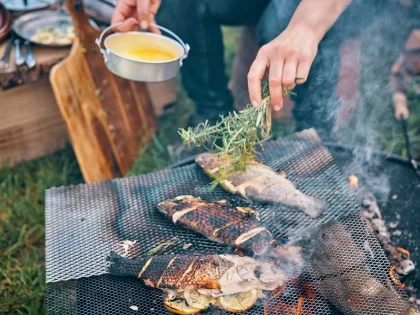

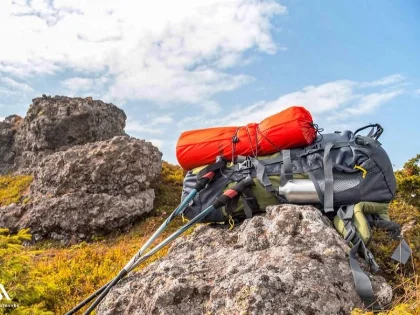

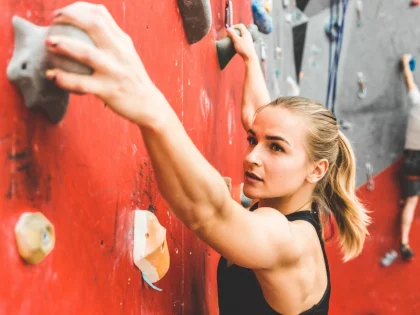
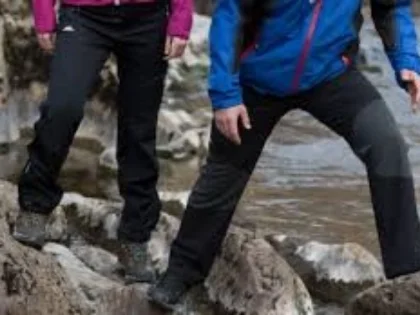
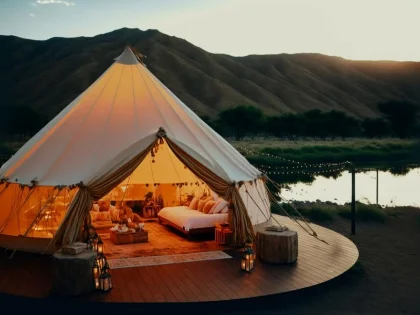
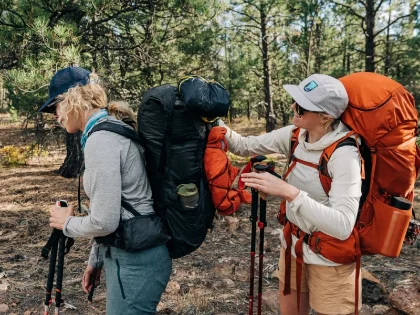
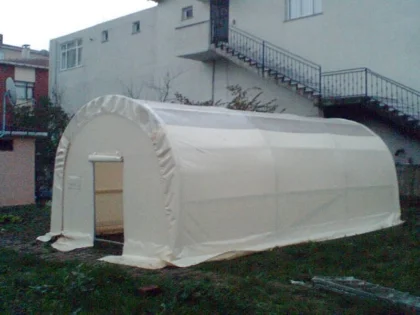
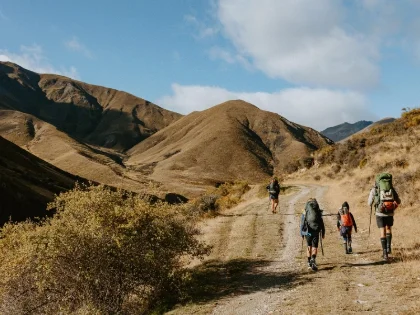
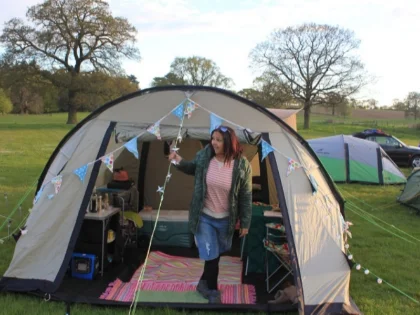
Comments
Leave a Comment
Your email address will not be published. Required fields are marked *